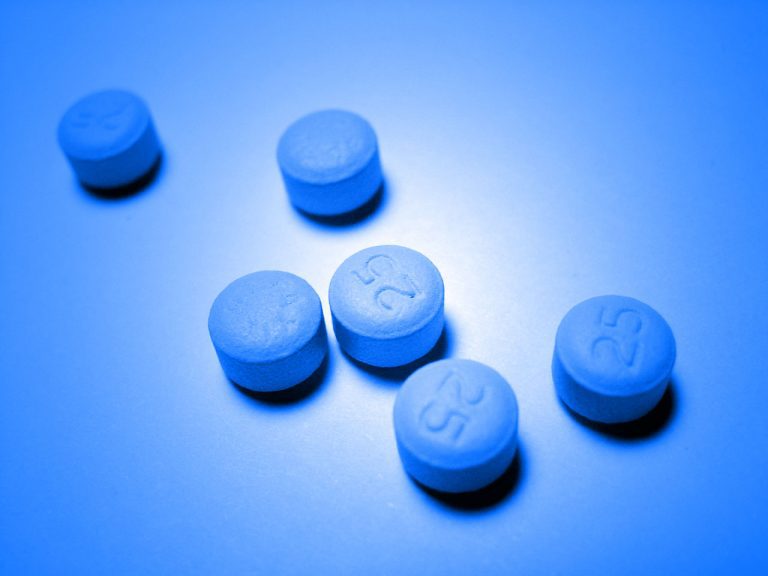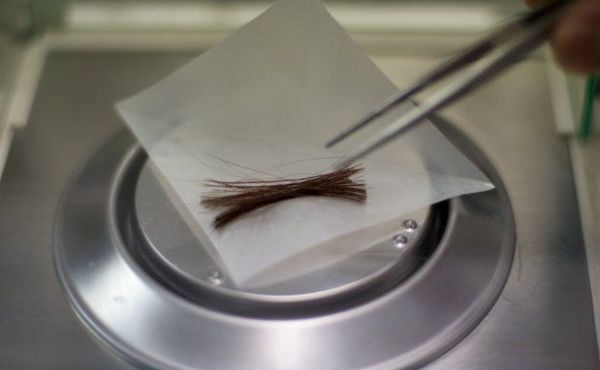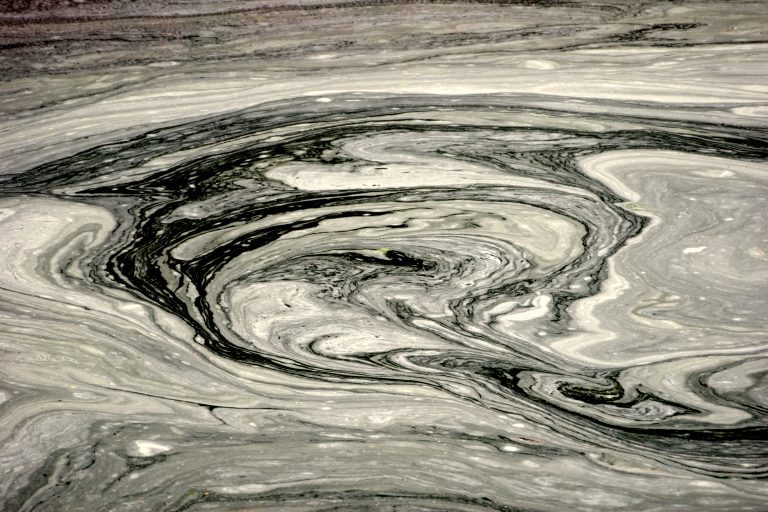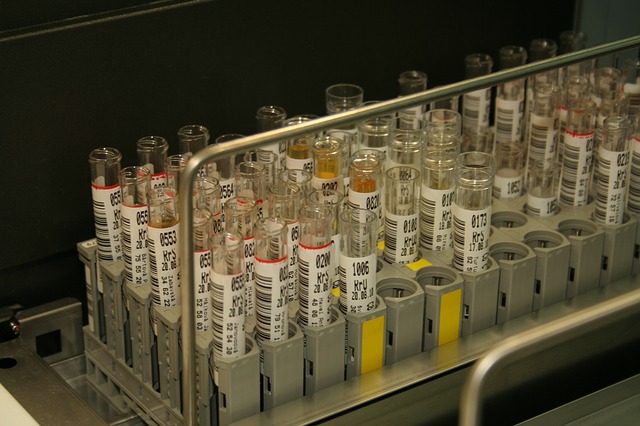UCT XtrackT® Sorbent Cited in Drugs in Wastewater Article
Environmental analysts are often tasked with the evaluation of illicit and prescription drugs in wastewater samples in an attempt to better understand the epidemiology of a populated area. Due to the challenging consistency of this matrix, clean-up is often vital in order to achieve accurate detection. In a recent paper authored by Richard Bade et al., published in Analytical and Bioanalytical Chemistry (doi.org/10.1007/s0021), UCT’s Xtrackt®, large-particle, solid-phase extraction (SPE) cartridges (XRDAH506) were utilized for the detection of licit and illicit drugs in wastewater samples in Southern Australia.
In this study, a validated method for both qualitative and quantitative bimonthly analyses of pharmaceuticals and illicit drugs in waste water samples was developed. A liquid chromatography-quadrupole time of flight instrument (LC-TOF-MS) was used to qualitatively screen 346 compounds in influent wastewater from two wastewater treatment plants in South Australia over a 14-month period once SPE clean-up was executed using UCT’s Xtrackt® XRDAH columns. A total of 100 compounds were detected, with 61 being confirmed in all samples including various drug classes such as: antidepressants (amitriptyline, dothiepin, doxepin), antipsychotics (amisulpride, clozapine), illicit drugs (cocaine, methamphetamine, amphetamine, 3,4-methylenedioxymethamphetamine (MDMA)), and known drug adulterants (lidocaine and tetramisole).
A subset of these compounds was also included in a quantitative method, analyzed on a liquid chromatography triple quadrupole mass spectrometer (LC-QQQ-MS). The use of illicit stimulants (methamphetamine) showed a clear decrease, levels of opioid analgesics (morphine and methadone) remained relatively stable, while the use of new psychoactive substances (methylenedioxypyrovalerone (MDPV) and Alpha PVP) varied with no visible trend.
One very interesting finding was the presence of 25H-NBOMe, a novel “phenethylamine” psychoactive substances (NPS). To the best of the authors’ knowledge, this is the first time this compound has been detected in wastewater. 25H-NBOMe is generally thought of as being an inactive species compared to the other NBOMe substances, but is seen as an impurity of the other NBOMe species in toxicological reports.
This work demonstrates that the combination of qualitative and quantitative methods using a highly efficient SPE sample clean-up process coupled with LC-TOF-MS/ LC-QQQ-MS provides a more comprehensive overview of pharmaceuticals and illicit drugs trends for a respective community.







